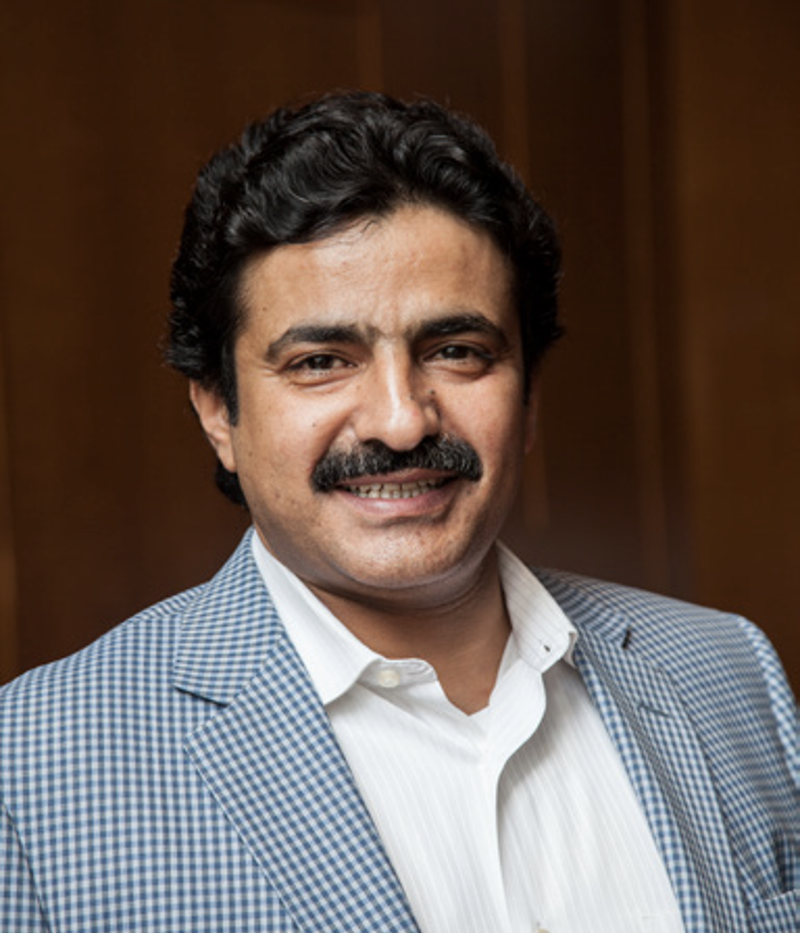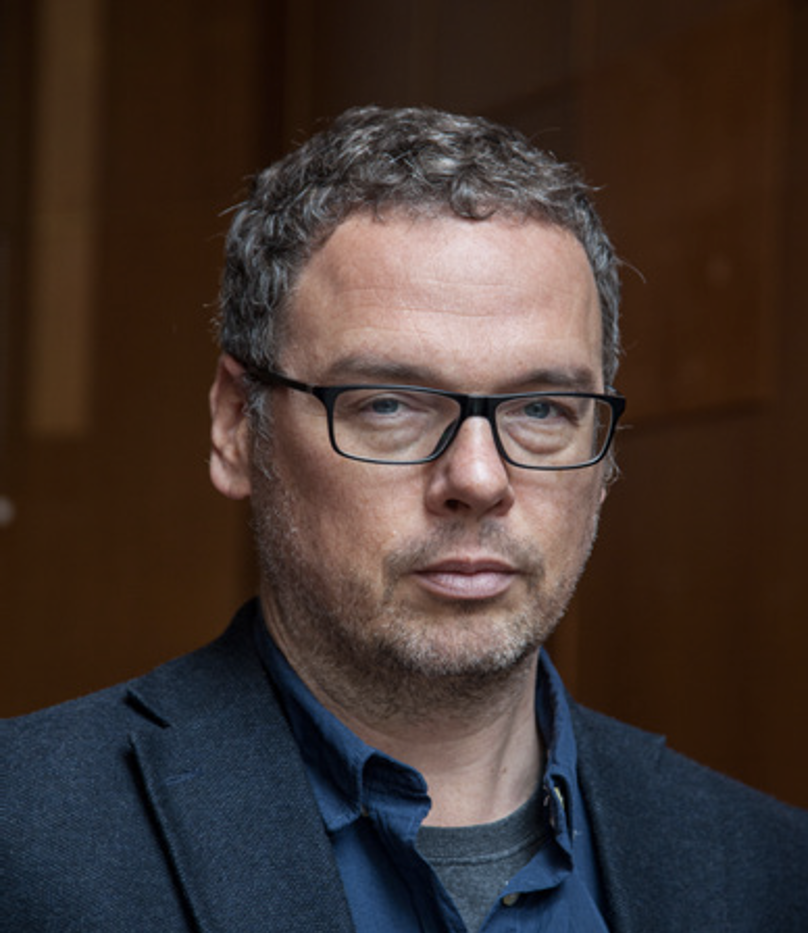Yemen is at a critical juncture. The National Dialogue Conference (NDC) called for constitution drafting, a constitutional referendum, and new elections. The timetable has slipped, and, for the moment, no end date has been set. The question of the state’s structure is tied inevitably to the southern issue – shorthand for the political, economic and social demands emanating from the south, which had been an independent state prior to 1990. There, a loosely aligned mix of organizations and activists known as the Southern Movement (called Hiraak) is calling for separation or, at a minimum, a temporary form of a two-state federalism followed by a referendum on the South’s future. Separatist sentiment is running high and appears to have strengthened over the course of the present transition process. The Hiraak NDC delegation demands significant concessions, arguing that anything short of two-state federalism and/or a promise to organize a referendum on the South’s future status is unacceptable. Then there are those from Hiraak who remained outside the NDC and did not recognize it and who insist on immediate independence. Most Hiraak members, however, bank on the negotiations’ failure, either due to the inability to reach a 2 substantive compromise or lack of implementation on the ground. They vow to escalate protests and a civil disobedience campaign, regardless of the NDC decisions, until they achieve independence. A constitutional referendum would provide a focal point for their opposition, triggering a boycott and likely violence. The result would be to further undermine the transition’s legitimacy. While the GCC initiative was successful in facilitating the departure of former President Ali Abdullah Saleh and forming a new transitional government, it fell short on providing solutions to the massive and intractable challenges threatening unity and a sustainable peace in Yemen. In particular, the GCC initiative ignored the country’s past, including the numerous human rights violations and the deep rift between various political factions. It also allowed the ruling party to continue as a major player in Yemeni politics without undertaking any serious and substantial political reform effort. As a result, the GCC initiative did not address major underlying causes and conditions of the conflict in Yemen. It was designed for regime renovation rather than regime change, and therein lay the seeds of the current instability. Besides, there are more complicated questions of how to strike a balance between accommodating former ruling party members and completely removing them from public life. In addition, the southern separatist Harak movement and the Houthi rebellion (called Ansarullah – meaning God's Partisans) were not directly addressed in the GCC initiative.
3 DAYS / 12 Workshops
MORE THAN 300 ACADEMIC PAPERS
If Yemen hopes to forge a more stable future, it desperately needs to agree on the
fundamental question of its state structure. Agreement on the issue is difficult in light of
circumstances where basic trust, legitimacy, and consensus are lacking. Forcing an
agreement at this stage would be more than a fragile state, fragmented country, and
fractured political class could handle. Instead, it would likely further discredit the
process, strengthen more militant southern views, and provoke dangerous brinkmanship
and bloodshed.
The workshop, therefore, seeks to bring about a better understanding of the country's
current situation and the latest developments, while identify the critical factors at play.
The case of Yemen suggests that overthrowing a despotic regime is relatively easy, while
the building of a new equitable political order to replace the old regime is much harder.
In between the long durable authoritarianism and the stability of a newly emerging
political system, there may be a grey area of instability, hybrid regimes, and possible
chaos that could last longer than expected.
3
The current situation is characterized by numerous destabilizing factors. First is the
ineffectiveness, even absence of state institutions. In Yemen, the central government has
only limited control over its territory. Its authority remains confined mostly to the major
urban areas. With three quarters of the population living outside the cities, however,
service delivery to remote areas is not only extremely difficult but it also raises questions
about the state’s overall legitimacy.
Secondly, as a result of unification in 1990, the state is burdened by an oversized public
sector. While some 1.2 million people work in the public sector, 60 percent actually hold
military and security-related positions. The cost of sustaining such a large workforce is
staggering. However, the government sees their continuation in these positions as critical
to their continued loyalty to the regime.
Thirdly, Yemeni citizens have low confidence in the current government’s ability to
successfully handle the country’s future economic challenges. In the people’s perception,
the government’s legitimacy has weakened because of the patrimonial system that coopted tribal figures and some security and military officials. As a result, this group not
only controls significant parts of the state’s policy-making process, but also important
parts of the private economy. Ordinary Yemeni citizens see their exclusion from
economic opportunities as the biggest threat to their security.
In light of these factors, the current transitional phase has brought about more instability
and radicalization in the immediate term. In the post-revolution transition period since
2011, the situation in Yemen has actually gone from bad to worse. To date, the unity
government has failed to gain the trust of many citizens and is yet to implement any
meaningful reform to meet the people’s demands. It has failed to deliver basic services
such as securing and sustaining electricity and preventing gas pipelines from continuing
attacks. The government has not taken steps to implement the 20 points agreed upon to
address the southern issue and continues to violate public trust by appointing unqualified
individuals for public office – such appointments are largely based on affiliations and
loyalty rather than merit. These failures provide a reason for separatists to continue their
call for secession. The Ansarullah have not handed in their militia’s heavy weapons or
engaged peacefully in the political process, but rather are creating more instability. Most
importantly, Al-Qaeda in the Arabian Peninsula (AQAP) has been able to exploit the
absence of the state.
Ansarullah have used violence and the threat of civil war to seize power in Sanaa,
resulting in the defeat of their rivals General Ali Muhsin, the Ahmar family, and the Islah
party. Ansarullah also forced President Hadi to dissolve the reconciliation government
4
and appoint a new technocratic one. Ansarullah and the southern Harak, both of which
have long been excluded from Yemeni politics, now have broad powers to shape
Yemen’s future government. Ansarullah, whether intentionally or not, have, for religious
reasons, even become a reliable partner for the US in the fight against AQAP. The
sudden power shift associated with Ansarullah’s rise has broad repercussions for Yemeni
politics and for regional dynamics. The NDC, meanwhile, is pursuing the plan to divide
Yemen into a six-region federation, leading Ansarullah,after seizing Sanaa, to force all
players to sign a new accord 'The Peace and National Partnership Agreement' which,
among other provisions, calls for a revisit of the six-region federation proposal.
A fair resolution of the southern question may preserve the security and stability of a
united Yemen on a federal and inclusionary basis through a new structure and a new
social contract for the state. This new federal state could then initiate a period that
represents a complete break from the history of conflict, oppression, abuse of power, and
monopoly of wealth.

